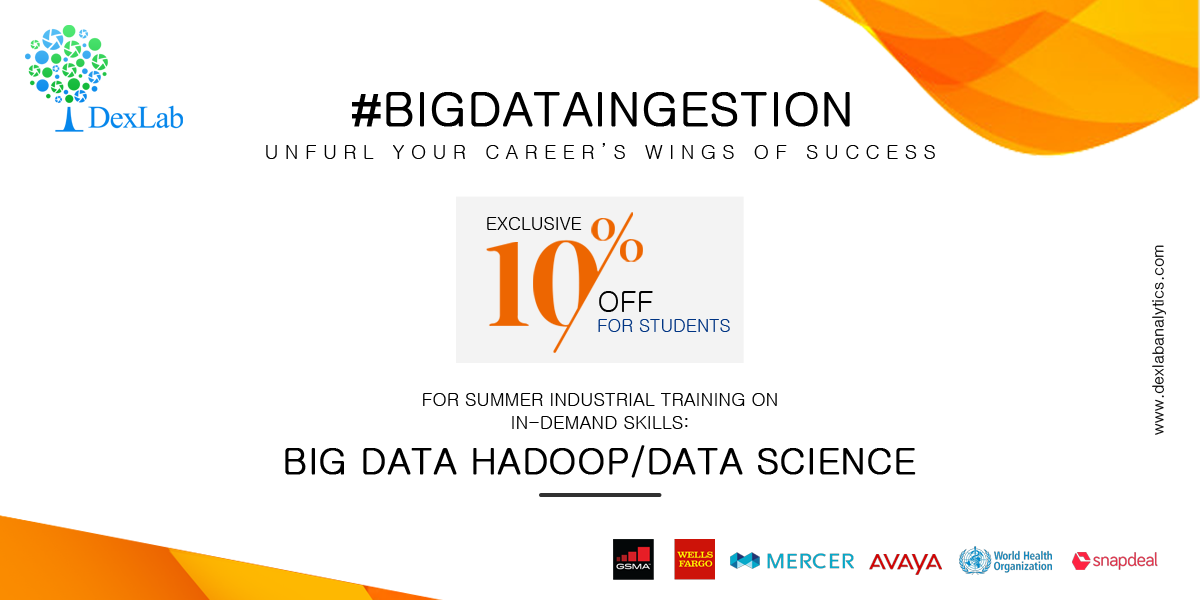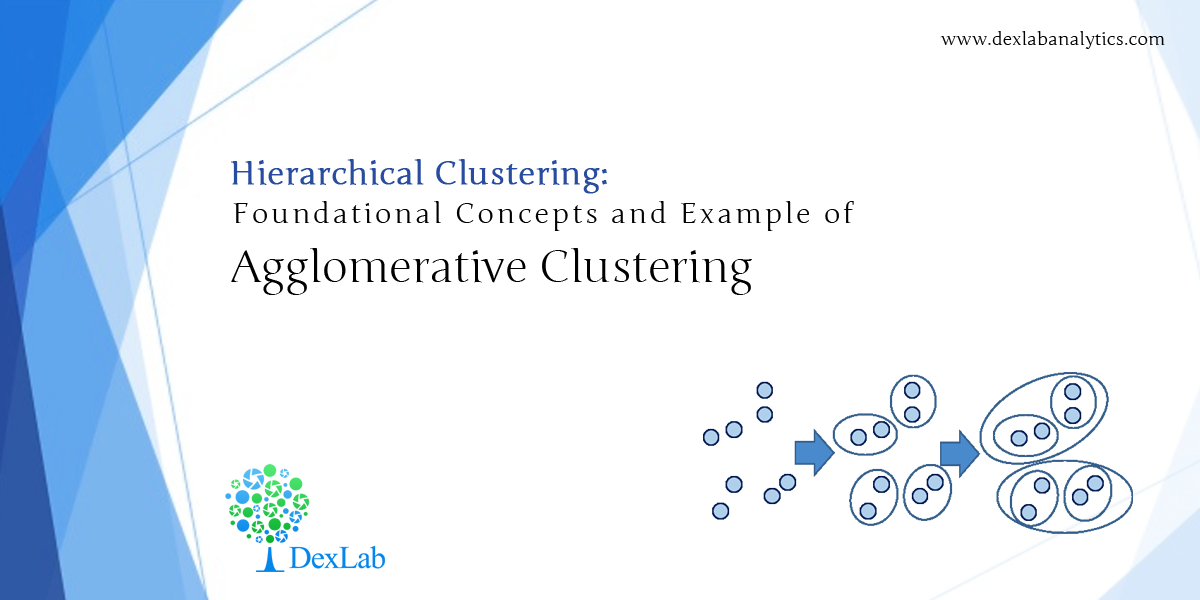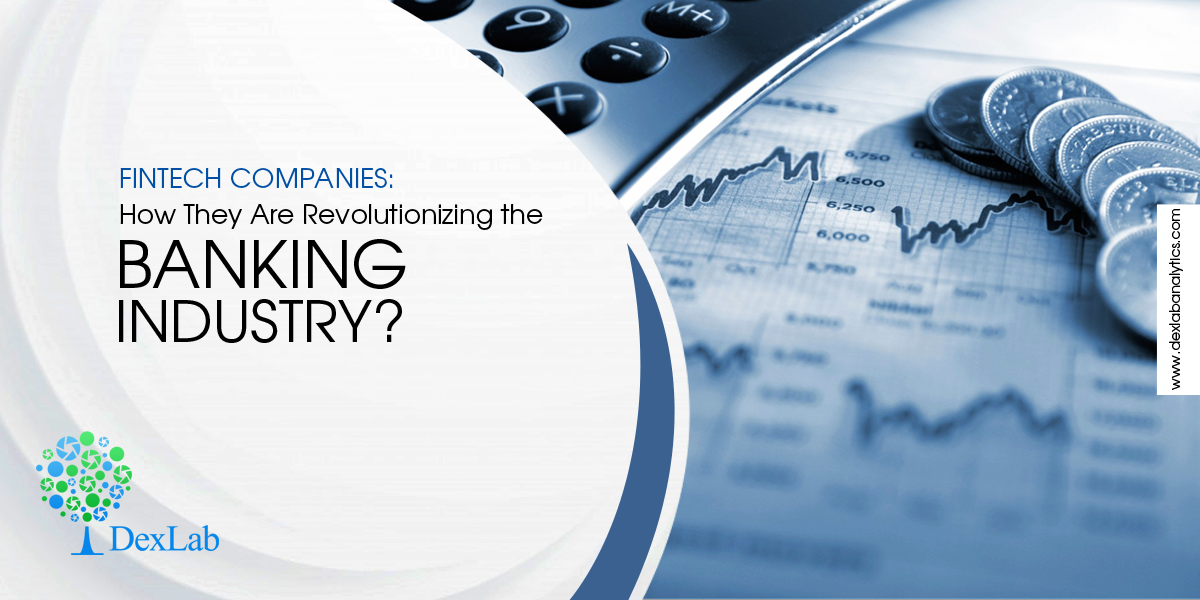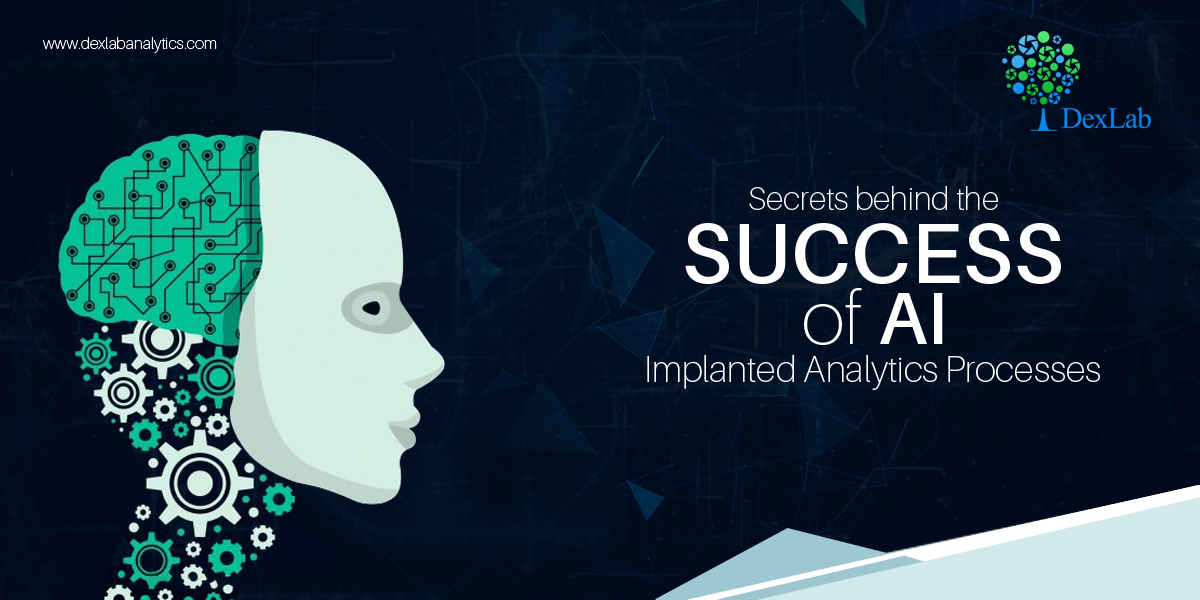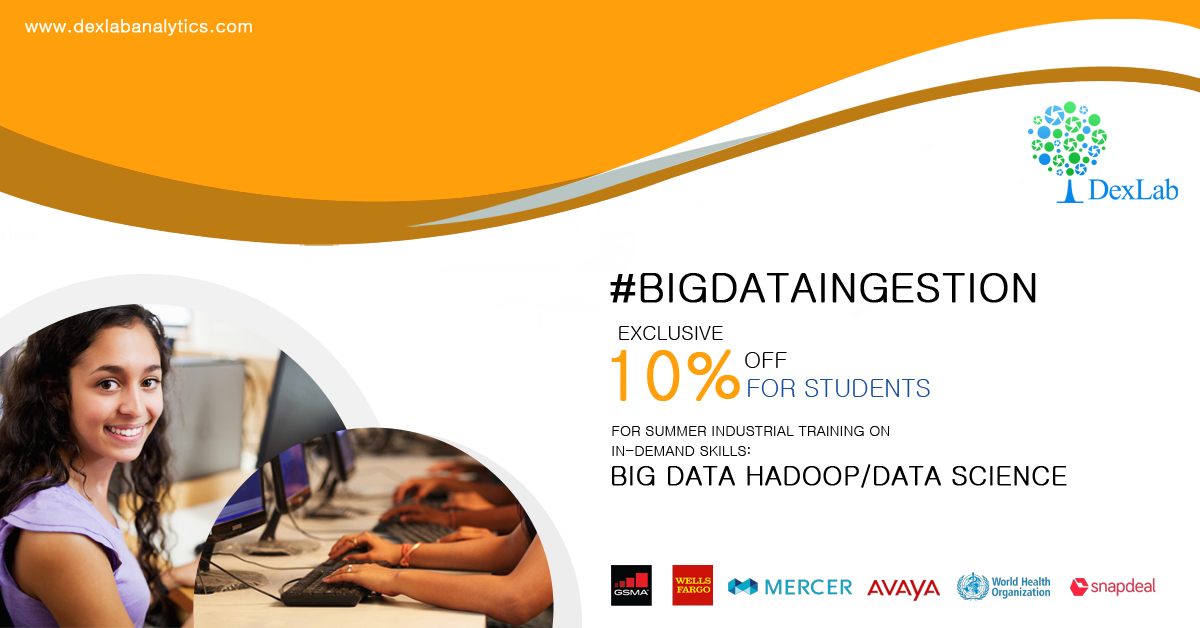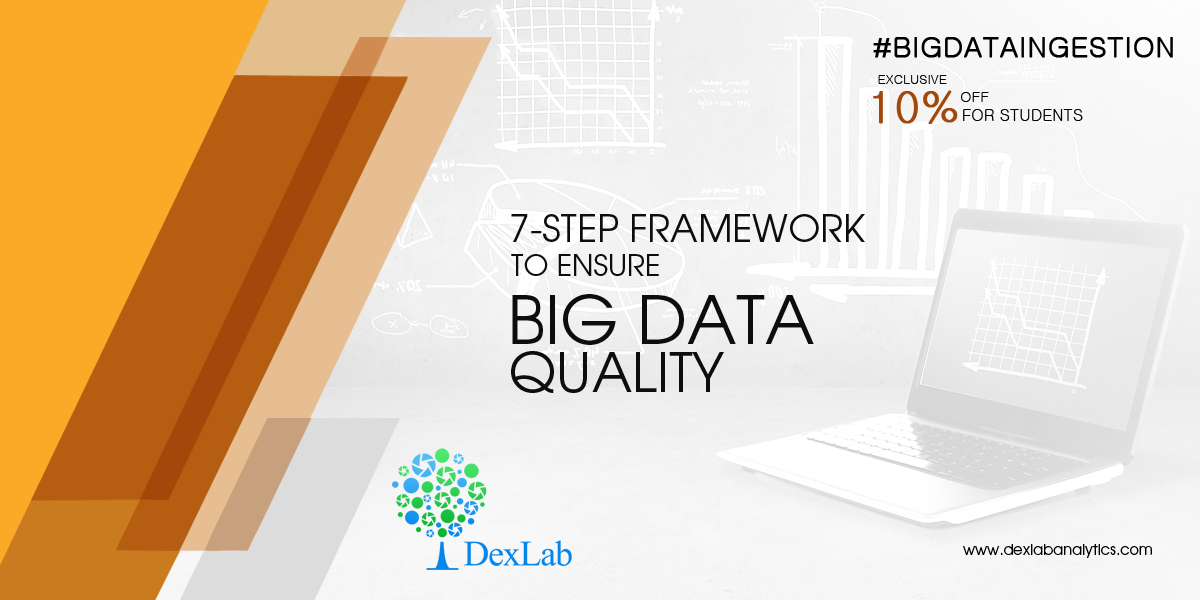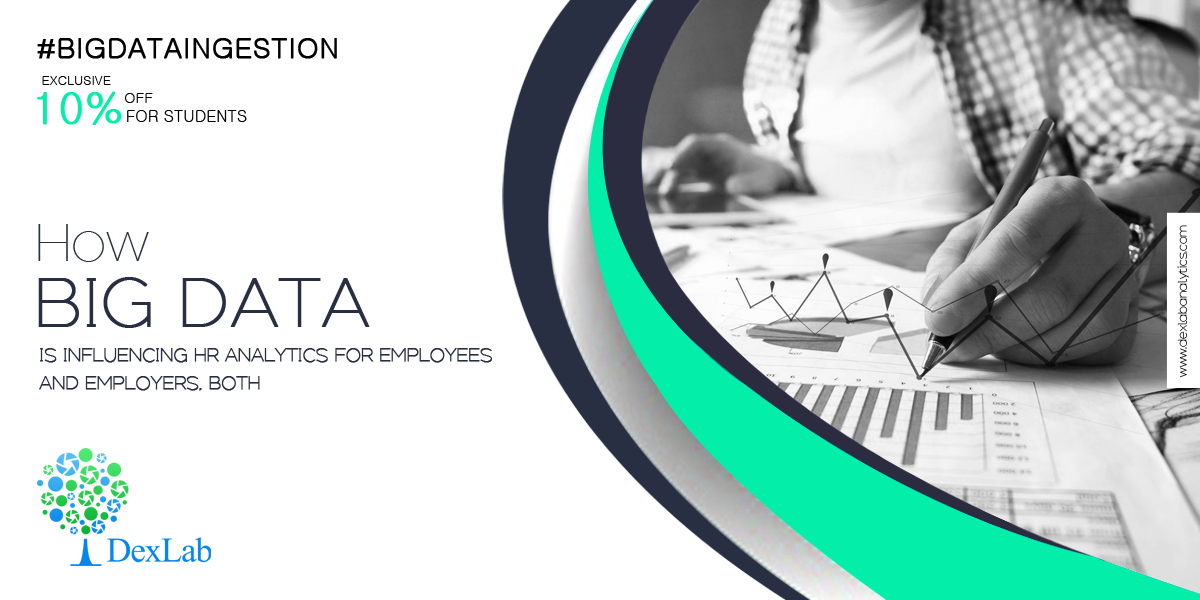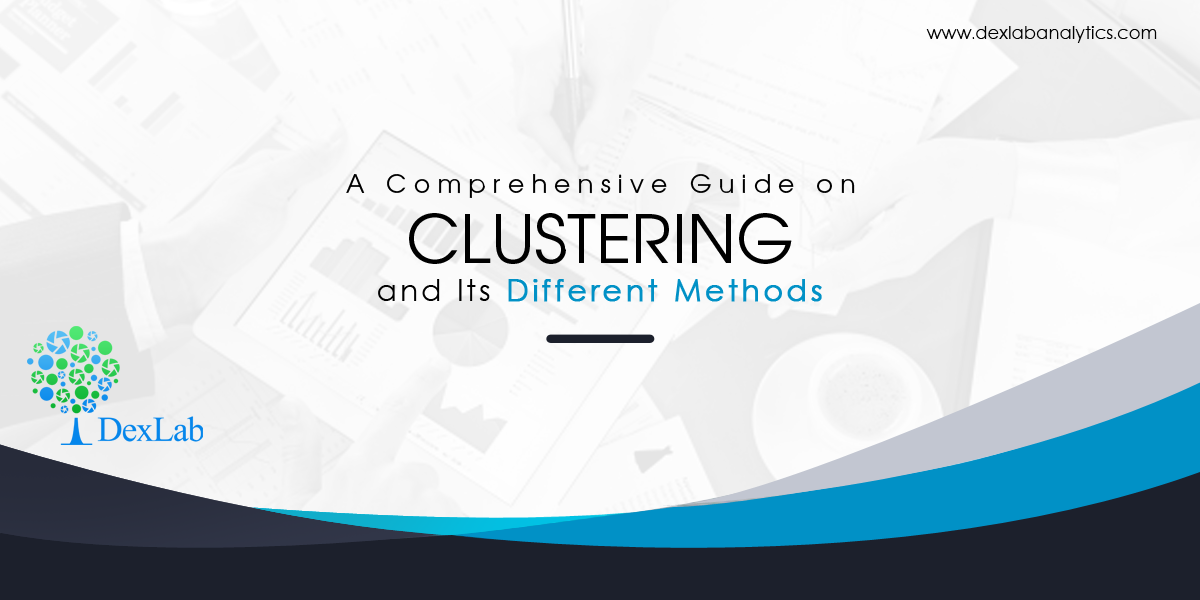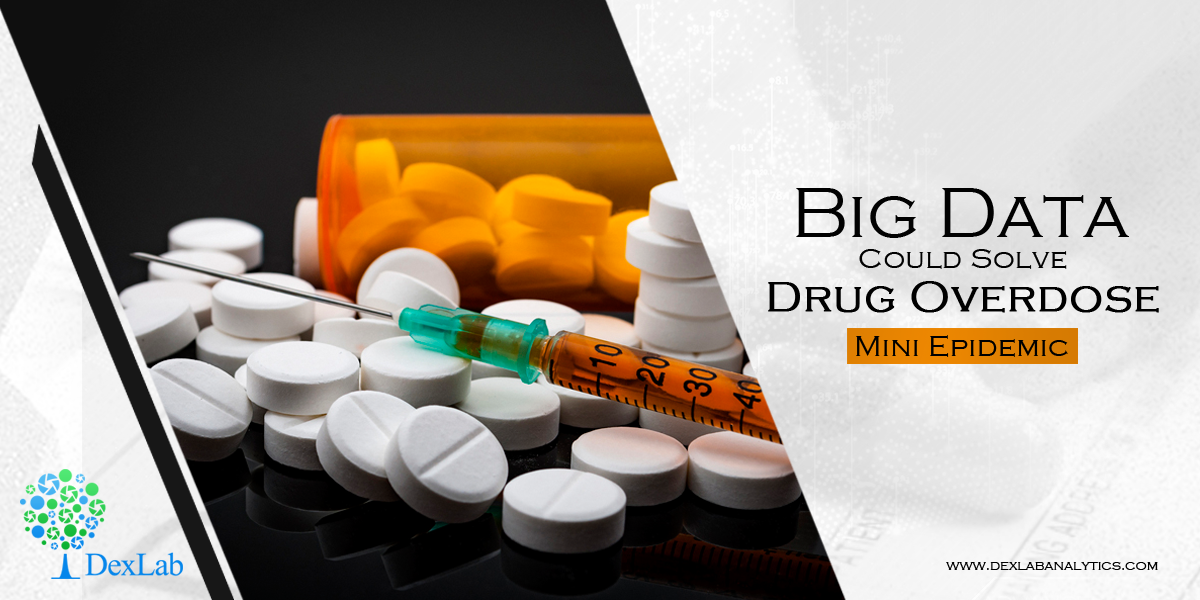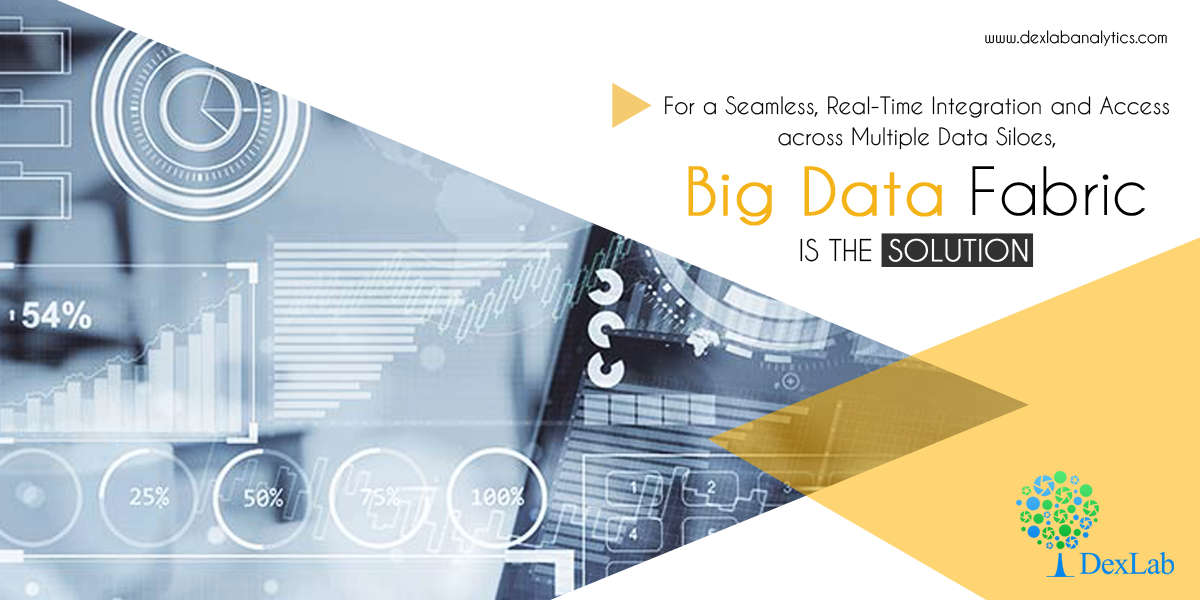
Grappling with diverse data?
No worries, data fabrics for big data is right here.
The very notion of a fabric joining computing resources and offering centralized access to a set of networks has been doing rounds since the conceptualization of grid computing as early as 1990s. However, a data fabric is a relatively new concept based on the same underlying principle, but it’s associated with data instead of a system.
As data have become increasingly diversified, the importance of data fabrics too spiked up. Now, integrating such vast pools of data is quite a problem, as data collected across various channels and operations is often withhold in discrete silos. The responsibility lies within the enterprise to bring together transactional data stores, data lakes, warehouses, unstructured data sources, social media storage, machine logs, application storage and cloud storage for management and control.
The Change That Big Data Brings In
The escalating use of unstructured data resulted in significant issues with proper data management. While the accuracy and usability quotient remained more or less the same, the ability to control them has been reduced because of increasing velocity, variety, volume and access requirements of data. To counter the pressing challenge, companies have come with a number of solutions but the need for a centralized data access system prevails – on top of that big data adds concerns regarding data discovery and security that needs to be addressed only through a particular single access mechanism.
To taste success with big data, the enterprises need to seek access to data from a plethora of systems in real time in perfectly digestible formats – also connecting devices, including smartphones and tablets enhances storage related issues. Today, big data storage is abundantly available in Apache Spark, Hadoop and NoSQL databases that are developed with exclusive management demands.
The Popularity of Data Fabrics
Huge data and analytics vendors are the biggest providers of big data fabric solutions. They help offer access to all kinds of data and conjoin them into a single consolidated system. This consolidated system – big data fabric – should tackle diverse data stores, nab security issues, offer consistent management through unified APIs and software access, provide auditability, flexibility and be upgradeable and process smooth data ingestion, curation and integration.
With the rise of machine learning and artificial intelligence, the requirements of data stores increase as they form the fundamentals of model training and operations. Therefore, enterprises are always seeking a single platform and a single point for data access, they tend to reduce the intricacies of the system and ensure easy storage of data. Not only that, data scientists no longer need to focus on the complexities of data access, rather they can give their entire attention to problem-solving and decision-making.
To better understand how data fabrics provide a single platform and a single point for data access across myriad siloed systems, you need a top of the line big data certification today. Visit DexLab Analytics for recognized and well-curated big data hadoop courses in Gurgaon.
DexLab Analytics Presents #BigDataIngestion
Referenes: https://tdwi.org/articles/2018/06/20/ta-all-data-fabrics-for-big-data.aspx
Interested in a career in Data Analyst?
To learn more about Data Analyst with Advanced excel course – Enrol Now.
To learn more about Data Analyst with R Course – Enrol Now.
To learn more about Big Data Course – Enrol Now.To learn more about Machine Learning Using Python and Spark – Enrol Now.
To learn more about Data Analyst with SAS Course – Enrol Now.
To learn more about Data Analyst with Apache Spark Course – Enrol Now.
To learn more about Data Analyst with Market Risk Analytics and Modelling Course – Enrol Now.

